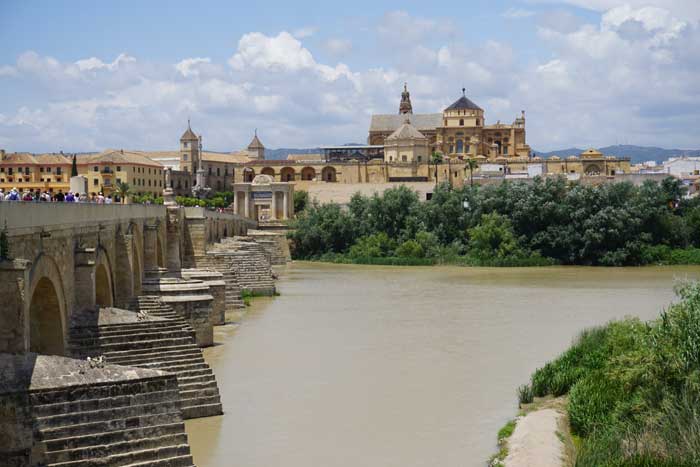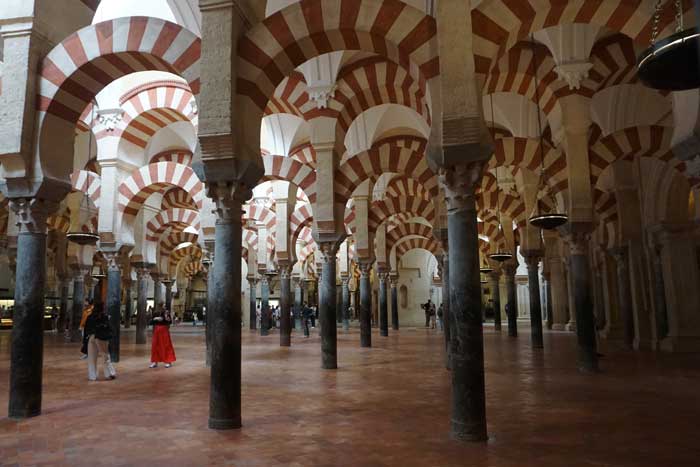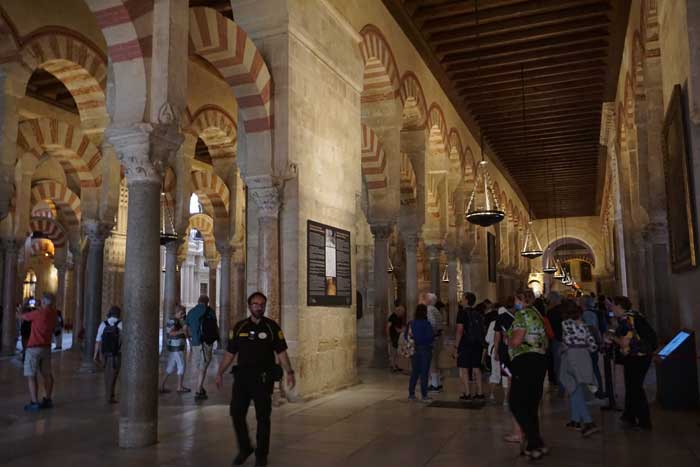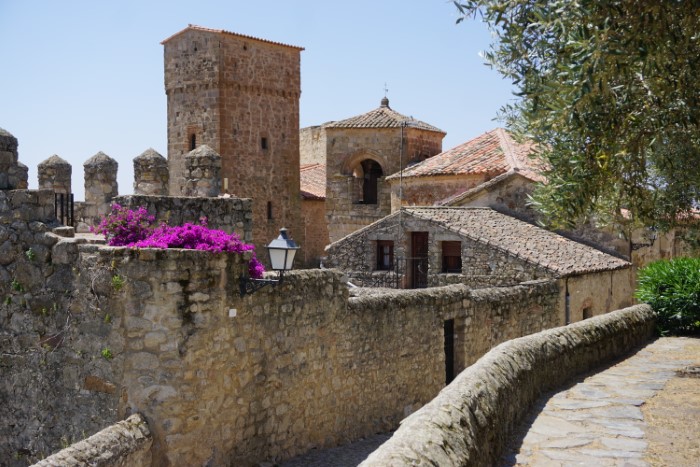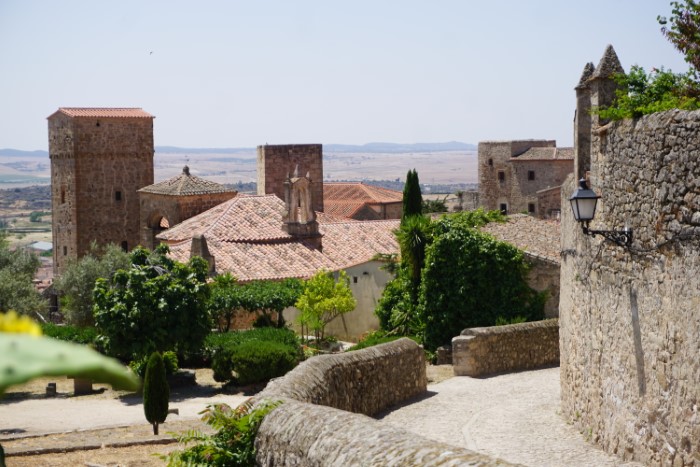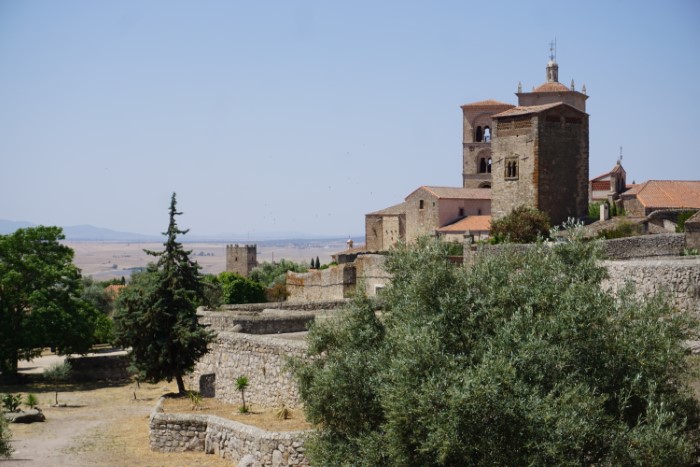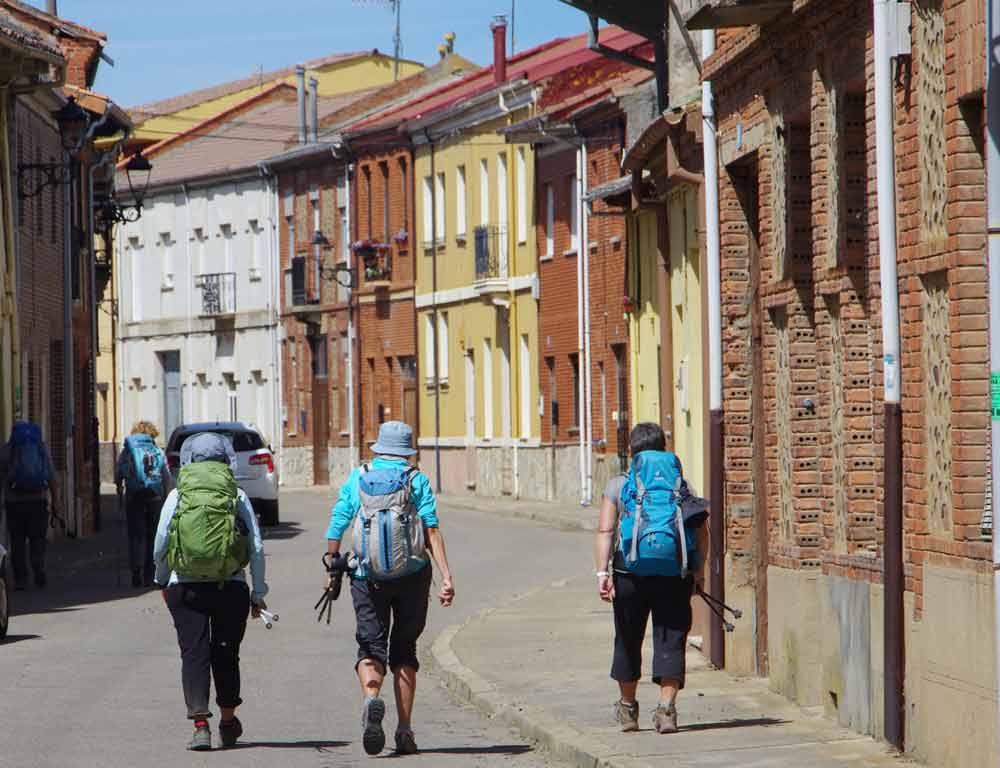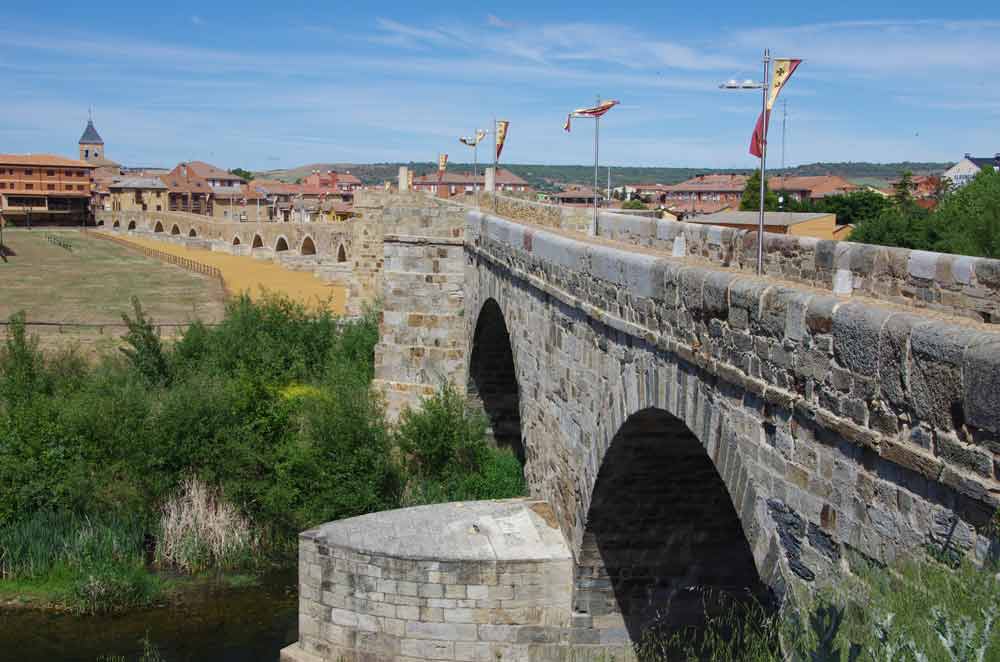Holiday endings are always a bit sad (take a listen to End of a Holiday by Fairport Convention) but we consoled ourselves with the knowledge that everyone had a good time and the promise that we’d do it all over again next year. So, farewells said, the family headed off to their flights and we retraced our route along the Algarve coastline back into Spain and made our way towards the site of the Roman city of Italica. Keeping off the motorway as much as possible we again noticed the profusion of stork nests that adorn the tops of many electricity pylons along the way. It seems that there’s an active waiting list for any high platform within reasonable flying distance of a stream, river or lake – suitable for families only, of course.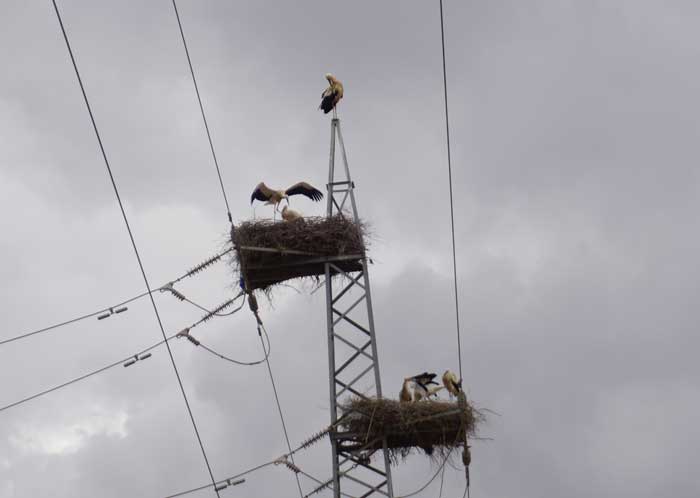 Italica was the first Roman city founded on the Iberian Peninsula in 206 BC. Unfortunately most early traces of the settlement are well and truly buried beneath the modern day town of Santiponce, so the remains that are accessible (without upsetting the town’s residents by demolishing their homes) are from the time of Hadrian (117-138 BC).
Italica was the first Roman city founded on the Iberian Peninsula in 206 BC. Unfortunately most early traces of the settlement are well and truly buried beneath the modern day town of Santiponce, so the remains that are accessible (without upsetting the town’s residents by demolishing their homes) are from the time of Hadrian (117-138 BC).

That said, what’s on show, consisting mainly of remains of large public buildings, is pretty impressive. The pièce de résistance, (or caratteristica più importante o impressionante as they would probably never have said in roman) is the moderately well-preserved amphitheatre which, with a modicum of CGI assistance, starred as ‘The Well of Dragons’ in Game of Thrones. Fortunately there were no dragons on duty at the site during our visit, which provided a convenient stopping point on our journey around Seville towards Carmona.

We chose Carmona for our two-day stay prior to flying home because it’s more or less equidistant between Seville and Cordoba, plus we wanted to stay in the lovely parador that sits at the top of the town, overlooking the plain to the east. Once we’d navigated our hire car through the narrow lanes leading up to the parador, the hotel didn’t disappoint. History, comfort and elegance all rolled up into one. We took a couple of evening strolls down through the town, enjoying the warmth and ambience, and the walk back up the hill to the parador wasn’t too bad once I’d been given beer and oxygen ……….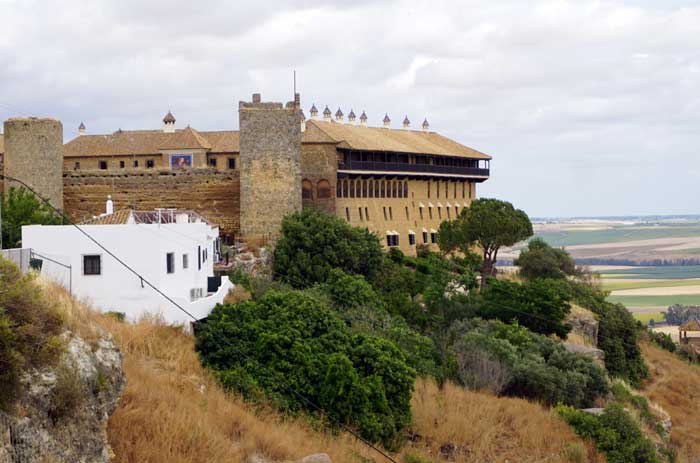
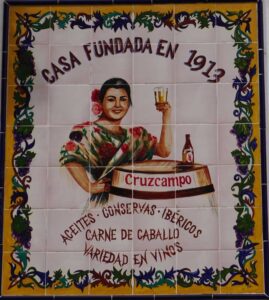 Cordoba had been on Denise’s wish list for some time – and for good reason as its a jewel in the Andalusian crown. The ‘must see’ bit at the top of our itinerary (and, as it turned out, on everybody else’s) was the Mezquita or Mosque-Cathedral, which would be worth a blog all of its own – but you’ll have to make do with a few photos and, if you want to know more, a link to Wikipedia.
Cordoba had been on Denise’s wish list for some time – and for good reason as its a jewel in the Andalusian crown. The ‘must see’ bit at the top of our itinerary (and, as it turned out, on everybody else’s) was the Mezquita or Mosque-Cathedral, which would be worth a blog all of its own – but you’ll have to make do with a few photos and, if you want to know more, a link to Wikipedia.
